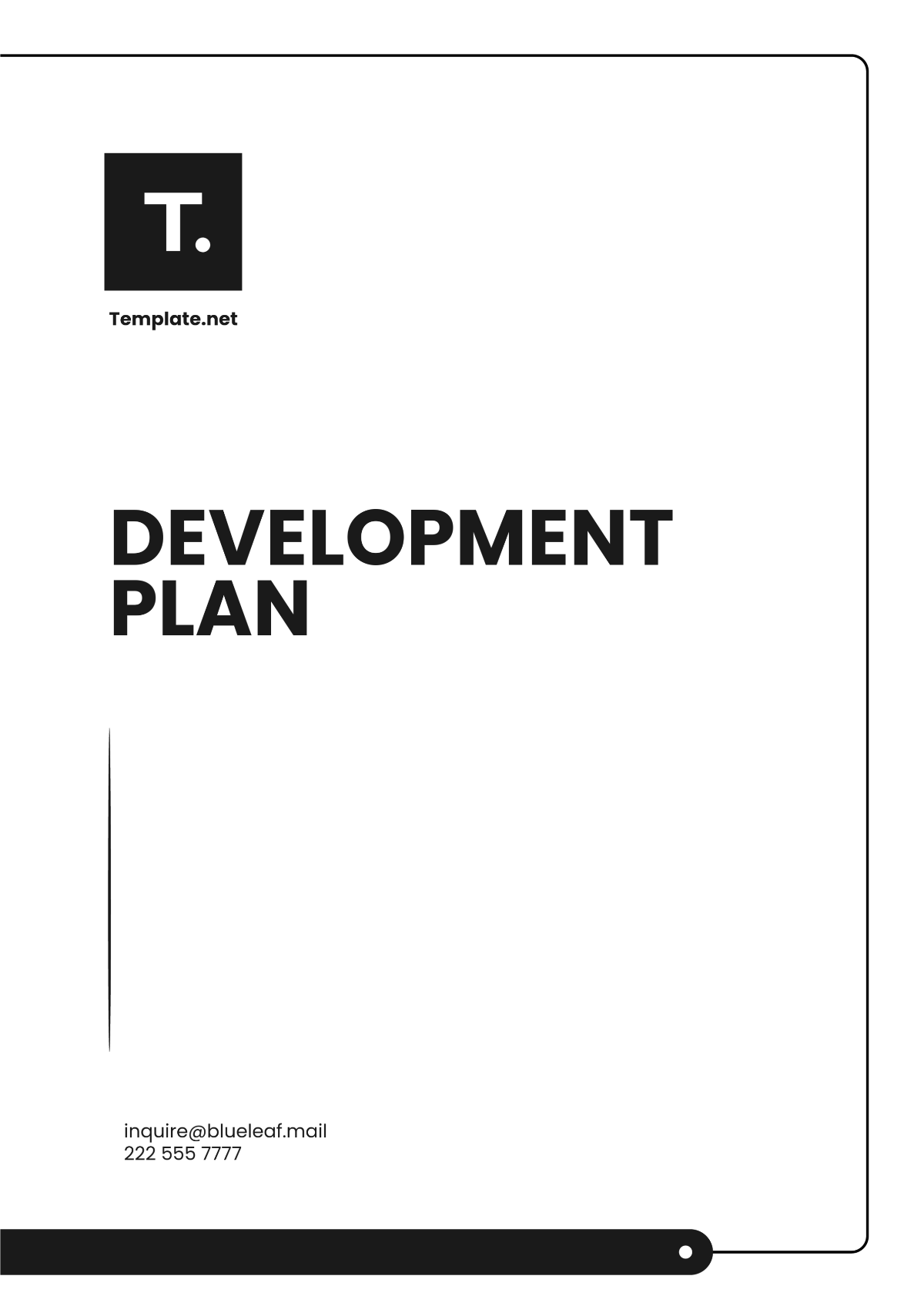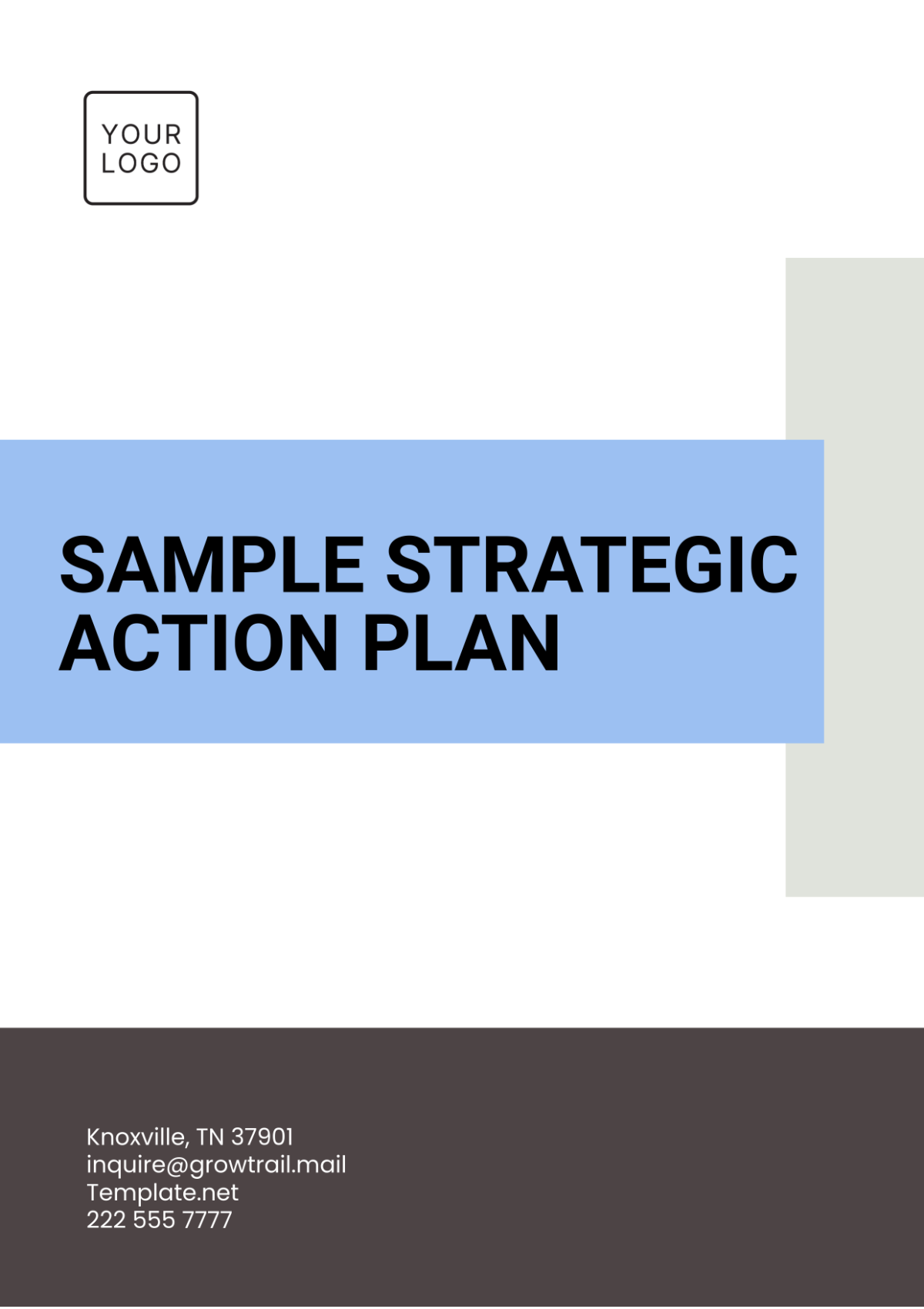Administration Data Privacy Plan
1. Introduction
1.1 Overview
As data has become one of the most valuable assets in today’s digital age, safeguarding this data is paramount for any organization. This Administration Data Privacy Plan outlines the policies, procedures, and protocols that [Your Company Name] will implement to ensure that all data, particularly personal and sensitive information, is handled in compliance with regulatory standards and best practices. By the year 2050 and beyond, data privacy will continue to be a critical concern, necessitating an evolving approach to maintain security and trust.
1.2 Purpose
The purpose of this plan is to protect the integrity, confidentiality, and availability of data at [Your Company Name]. It aims to prevent unauthorized access, ensure compliance with legal obligations, and build a culture of privacy within the organization. This plan also aims to provide guidelines for employees, contractors, and third-party vendors who handle data to understand their roles and responsibilities in maintaining data privacy.
1.3 Scope
This Administration Data Privacy Plan applies to all data collected, processed, stored, and shared by [Your Company Name]. This includes data related to customers, employees, partners, and other stakeholders. The plan covers various types of data, including but not limited to:
Personal Identifiable Information (PII): Such as names, addresses, social security numbers, and financial information.
Sensitive Data: Health records, biometric data, and other sensitive information.
Corporate Data: Intellectual property, business strategies, financial reports, and other proprietary information.
2. Data Privacy Governance
2.1 Data Privacy Committee
The Data Privacy Committee at [Your Company Name] will be responsible for overseeing the implementation and ongoing management of this plan. This committee will include representatives from IT, Legal, Human Resources, and other relevant departments. The key responsibilities of the Data Privacy Committee include:
Developing and updating data privacy policies.
Conducting regular privacy risk assessments.
Ensuring compliance with data protection regulations.
Coordinating data privacy training for employees.
Handling data breach incidents.
2.2 Roles and Responsibilities
To ensure effective data privacy governance, specific roles and responsibilities are assigned to various personnel within [Your Company Name]:
Data Protection Officer (DPO): The DPO is responsible for monitoring compliance with data protection laws, advising on data privacy matters, and acting as a point of contact for data subjects and regulatory authorities.
IT Security Team: This team is responsible for implementing technical safeguards, such as encryption, firewalls, and access controls, to protect data.
Legal Department: The Legal Department ensures that data privacy policies comply with relevant laws and regulations, such as the General Data Protection Regulation (GDPR) or future laws applicable in 2050 and beyond.
Human Resources (HR): HR is responsible for incorporating data privacy practices into employee onboarding, training, and disciplinary processes.
All Employees: Every employee at [Your Company Name] is responsible for adhering to the data privacy policies and reporting any suspected breaches.
3. Data Collection and Processing
3.1 Data Collection Principles
[Your Company Name] commits to collecting data in a lawful, fair, and transparent manner. Data collection processes will be designed to minimize the amount of data collected to only what is necessary for the intended purpose. The principles guiding data collection include:
Lawfulness: Data will only be collected based on a legal basis, such as consent, contractual necessity, or compliance with legal obligations.
Fairness and Transparency: Data subjects will be informed about what data is collected, why it is collected, how it will be used, and their rights concerning their data.
Data Minimization: Only data that is necessary for the specific purpose will be collected.
3.2 Data Processing
Data processing at [Your Company Name] will be conducted in a way that ensures the privacy and security of the data. The processing activities include:
Purpose Limitation: Data will only be processed for the purpose for which it was collected.
Accuracy: Data will be kept accurate and up-to-date, with mechanisms in place for data subjects to correct inaccurate data.
Storage Limitation: Data will be retained only as long as necessary for the purpose it was collected. Retention periods will be clearly defined, and data will be securely deleted or anonymized after this period.
3.3 Data Processing Agreement
Any third-party vendors that process data on behalf of [Your Company Name] will be required to sign a Data Processing Agreement (DPA). This agreement will outline the obligations of the third party regarding data privacy and security. The key elements of a DPA include:
Processing Instructions: The third party must process data only according to [Your Company Name]’s instructions.
Security Measures: The third party must implement appropriate security measures to protect data.
Sub-processing: The third party must obtain [Your Company Name]’s approval before engaging any sub-processors.
Data Breach Notification: The third party must notify [Your Company Name] immediately in the event of a data breach.
4. Data Security Measures
4.1 Technical Safeguards
[Your Company Name] will implement a range of technical safeguards to protect data from unauthorized access, alteration, disclosure, or destruction. These measures include:
Encryption: All sensitive data, both in transit and at rest, will be encrypted using industry-standard encryption methods.
Access Controls: Access to data will be restricted based on the principle of least privilege, meaning only those who need access to perform their job functions will be granted access.
Firewalls and Intrusion Detection Systems (IDS): Firewalls and IDS will be used to monitor and protect the network from unauthorized access.
Regular Software Updates: Systems and applications will be regularly updated to address vulnerabilities.
4.2 Organizational Safeguards
In addition to technical measures, [Your Company Name] will implement organizational safeguards to protect data. These include:
Data Privacy Training: All employees will undergo regular data privacy training to understand their responsibilities and the importance of data privacy.
Data Access Policies: Clear policies will be established for accessing and handling data, with strict penalties for non-compliance.
Physical Security: Data storage facilities will be physically secured, with access restricted to authorized personnel only.
Incident Response Plan: An incident response plan will be in place to quickly respond to and mitigate the impact of any data breaches.
4.3 Regular Audits and Assessments
To ensure ongoing compliance with data privacy requirements, [Your Company Name] will conduct regular audits and assessments. These will include:
Internal Audits: Periodic internal audits will be conducted to assess compliance with data privacy policies and identify areas for improvement.
Third-Party Audits: Independent third-party audits will be conducted to validate the effectiveness of data privacy measures.
Privacy Impact Assessments (PIAs): PIAs will be conducted for new projects or systems that involve the processing of personal data to identify and mitigate privacy risks.
5. Data Subject Rights
5.1 Right to Access
Data subjects have the right to access their personal data held by [Your Company Name]. Upon request, [Your Company Name] will provide data subjects with:
A copy of their personal data.
Information about the purposes of data processing.
Details of any third parties with whom the data has been shared.
The duration for which the data will be stored.
5.2 Right to Rectification
Data subjects have the right to request the correction of inaccurate or incomplete data. [Your Company Name] will provide mechanisms for data subjects to request rectification and will respond promptly to such requests.
5.3 Right to Erasure
Also known as the “right to be forgotten,” data subjects can request the deletion of their personal data under certain conditions, such as:
The data is no longer necessary for the purpose it was collected.
The data subject withdraws consent (where consent was the legal basis for processing).
The data has been unlawfully processed.
[Your Company Name] will evaluate and respond to erasure requests in accordance with legal obligations.
5.4 Right to Restrict Processing
Data subjects have the right to request that their data be restricted from processing under certain conditions, such as:
The accuracy of the data is contested.
The processing is unlawful, and the data subject requests restriction instead of deletion.
The data is no longer needed for processing, but the data subject requires it for legal claims.
[Your Company Name] will ensure that restricted data is not processed in any way except to store it or as otherwise permitted by law.
5.5 Right to Data Portability
Data subjects have the right to request that their personal data be provided to them in a structured, commonly used, and machine-readable format. This right allows data subjects to transfer their data to another data controller without hindrance. [Your Company Name] will facilitate such requests where technically feasible.
5.6 Right to Object
Data subjects have the right to object to the processing of their data in certain circumstances, such as:
Processing based on legitimate interests or the performance of a task in the public interest.
Processing for direct marketing purposes.
Processing for scientific or historical research or statistical purposes.
[Your Company Name] will carefully review and address objections in line with legal requirements.
6. Data Breach Management
6.1 Data Breach Response Team
In the event of a data breach, [Your Company Name] will activate its Data Breach Response Team. This team will include members from IT, Legal, HR, and other relevant departments. The team’s responsibilities include:
Containing and mitigating the breach.
Assessing the scope and impact of the breach.
Notifying affected individuals and regulatory authorities.
Implementing measures to prevent future breaches.
6.2 Data Breach Notification
[Your Company Name] is committed to transparency in the event of a data breach. Notifications will be sent to affected individuals and relevant regulatory authorities within 72 hours of becoming aware of the breach, where required by law. The notification will include:
A description of the breach.
The types of data involved.
The steps taken to mitigate the breach.
Recommendations for affected individuals to protect themselves.
6.3 Post-Breach Review
After managing a data breach, [Your Company Name] will conduct a post-breach review to analyze the incident, identify the root cause, and implement measures to prevent similar breaches in the future. This review will include:
An analysis of how the breach occurred.
A review of the effectiveness of the response.
Recommendations for improving data security practices.
7. Data Retention and Disposal
7.1 Data Retention Policy
[Your Company Name] will establish a data retention policy that outlines how long different types of data will be retained. This policy will ensure that data is not kept longer than necessary while also meeting legal and business requirements. Key elements of the retention policy include:
Retention Schedules: Clearly defined retention periods for different types of data.
Regular Review: Periodic review of data to ensure that it is still necessary to retain.
Legal Requirements: Consideration of any legal obligations that require certain data to be retained for specific periods.
7.2 Secure Data Disposal
When data is no longer needed, [Your Company Name] will ensure that it is securely disposed of. Secure disposal methods will include:
Data Deletion: Using secure methods to permanently delete electronic data.
Physical Destruction: Shredding, incinerating, or otherwise physically destroying paper records and other physical media.
Third-Party Disposal: Ensuring that any third-party vendors used for data disposal comply with [Your Company Name]’s security requirements.
7.3 Anonymization and Pseudonymization
In cases where data needs to be retained for statistical or research purposes beyond the usual retention period, [Your Company Name] will consider anonymization or pseudonymization to protect the identity of data subjects. This process involves removing or replacing personal identifiers so that individuals cannot be easily identified.
8. Data Privacy Training and Awareness
8.1 Employee Training Programs
[Your Company Name] will provide ongoing data privacy training for all employees. Training programs will cover topics such as:
Understanding data privacy laws and regulations.
Best practices for data handling and processing.
How to recognize and respond to data breaches.
The importance of safeguarding data in everyday work activities.
Training will be conducted at regular intervals and updated as necessary to reflect changes in data privacy laws or company policies.
8.2 Awareness Campaigns
In addition to formal training, [Your Company Name] will conduct regular awareness campaigns to reinforce the importance of data privacy. These campaigns may include:
Posters and infographics displayed in common areas.
Email newsletters with tips and updates on data privacy.
Interactive workshops and seminars.
Quizzes and competitions to engage employees in learning about data privacy.
8.3 Contractor and Third-Party Training
Any contractors or third-party vendors who have access to [Your Company Name]’s data will be required to undergo data privacy training. This training will ensure that they understand their obligations and the importance of protecting data in their work with [Your Company Name].
9. Monitoring and Review
9.1 Continuous Monitoring
To ensure that data privacy practices remain effective, [Your Company Name] will implement continuous monitoring processes. These processes will include:
Real-Time Monitoring: Using automated tools to monitor data access and processing activities in real-time.
Log Reviews: Regular review of system logs to detect any unauthorized access or suspicious activities.
Compliance Checks: Periodic checks to ensure that data processing activities comply with internal policies and external regulations.
9.2 Annual Review
An annual review of the Administration Data Privacy Plan will be conducted to assess its effectiveness and identify any areas for improvement. The review process will include:
Policy Review: Assessing whether existing policies are still relevant and effective.
Incident Analysis: Reviewing any data breaches or incidents that occurred during the year to identify trends and areas for improvement.
Employee Feedback: Gathering feedback from employees to identify any challenges or gaps in data privacy practices.
9.3 Plan Updates
Based on the findings of the annual review, [Your Company Name] will update the Administration Data Privacy Plan as necessary. Updates may also be triggered by changes in data privacy laws or significant changes in the company’s data processing activities.
10. Conclusion
10.1 Commitment to Data Privacy
[Your Company Name] is committed to upholding the highest standards of data privacy. By implementing this Administration Data Privacy Plan, the company aims to protect the data of its customers, employees, and other stakeholders, while also ensuring compliance with legal requirements.
10.2 Continuous Improvement
Data privacy is an ongoing process that requires continuous attention and improvement. [Your Company Name] will remain vigilant in monitoring its data privacy practices, updating its policies and procedures as necessary, and fostering a culture of privacy within the organization.
10.3 Future Considerations
As we move into the future, particularly towards the year 2050 and beyond, data privacy will continue to evolve in response to new technologies, threats, and regulations. [Your Company Name] is committed to staying at the forefront of these changes, ensuring that its data privacy practices remain robust, compliant, and effective in protecting the privacy of all data subjects.

















































